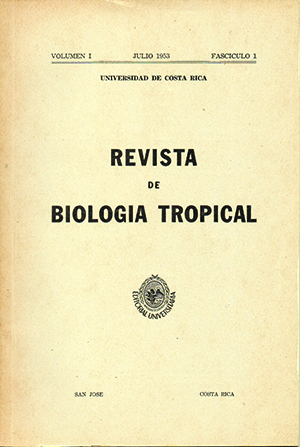Abstract
Reviewing the observations of CARINI and the experimental work of ALMEIDA and AREA LEAO, MELLO & CURY on the pathogenicity of the etiologic agents of Chromoblastomycosis inyected intraperitonealy in Salientia species Leptodactylus ocellatus and L. pentadactylus, we decided to determine the pathogenicity of Fonsecaeae pedrosoi on Bufo marinus. Six specimens were innoculated with suspensions of cultures of this fungs obtained from six human cases, using one strain per animal.
At autopsy, one observed, besides the subcutaneous nod1l1es described in Leptodactylus by the above mentioned authors, cutaneous modules of typical granulomatous formation. The latter contained the fungus only in the rounded form, similar in all aspects to the fumagoid cells (sclerotic cdls of Medlar) found in human lesions and not in the filamentous form found in subcutaneous nodules.
As toads are poikilothermic one can reason and stablish that temperature has no influence on the rounding of the thalus of the etiologic agents of Chromoblastomycosis during its parasitic phase, this transformation being a phase of the morphological change which parasities in general undergo.
One can suppose that the appearance of fumagoid forms of these fungi is due to conclitions inherent to intratissilular or intracellular parasitism.






